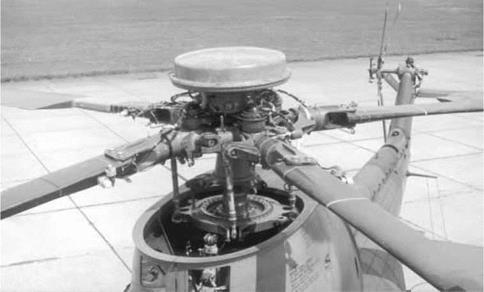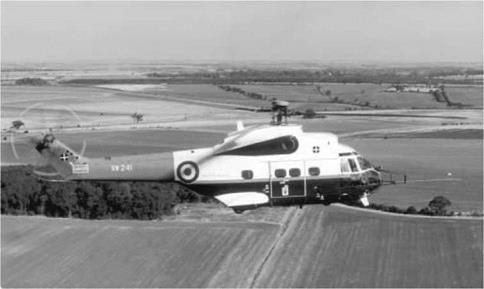Chapter Review
The subject of flight dynamics is characterized by an interplay between theory and experiment. This Tour has attempted to highlight this interplay in a number of ways. Marking the four reference points early on the Tour – the environment, the vehicle, the task and the pilot – an attempt has been made to reveal the considerable scope of the subject and the skills required of the flight dynamics engineer. The importance of strong analytical tools, fundamental to the understanding of the behaviour of the helicopter’s interacting subsystems, was emphasized in the modelling section. The powerful effect of aerodynamics on the flapping rotor was examined in some detail, with the resonant response highlighted as perhaps the single most important characteristic of rotor dynamics, enabling easy control of the rotor disc tilt. The modelling of flight dynamics was discussed within the framework of the frequency and amplitude of motion with three fundamental problems – trim, stability and response. The second major topic on the landscape of this Tour was flying quality, characterized by three key properties. Flying qualities are pilot-centred attributes; they are mission – and even task oriented, and they are ultimately the synergy between the internal attributes of the aircraft and the external environment in which it operates. Flying qualities are safety attributes but good flying qualities also allow the performance of the helicopter to be fully exploited. The remaining chapters of this book cover modelling and flying qualities in detail.

The instrumented rotorhead of the DRA (RAE) research Puma
(Photograph courtesy of DRA Bedford)

The DRA (RAE) research Puma in trimmed flight over the
Bedfordshire countryside (Photograph courtesy of DRA Bedford)













